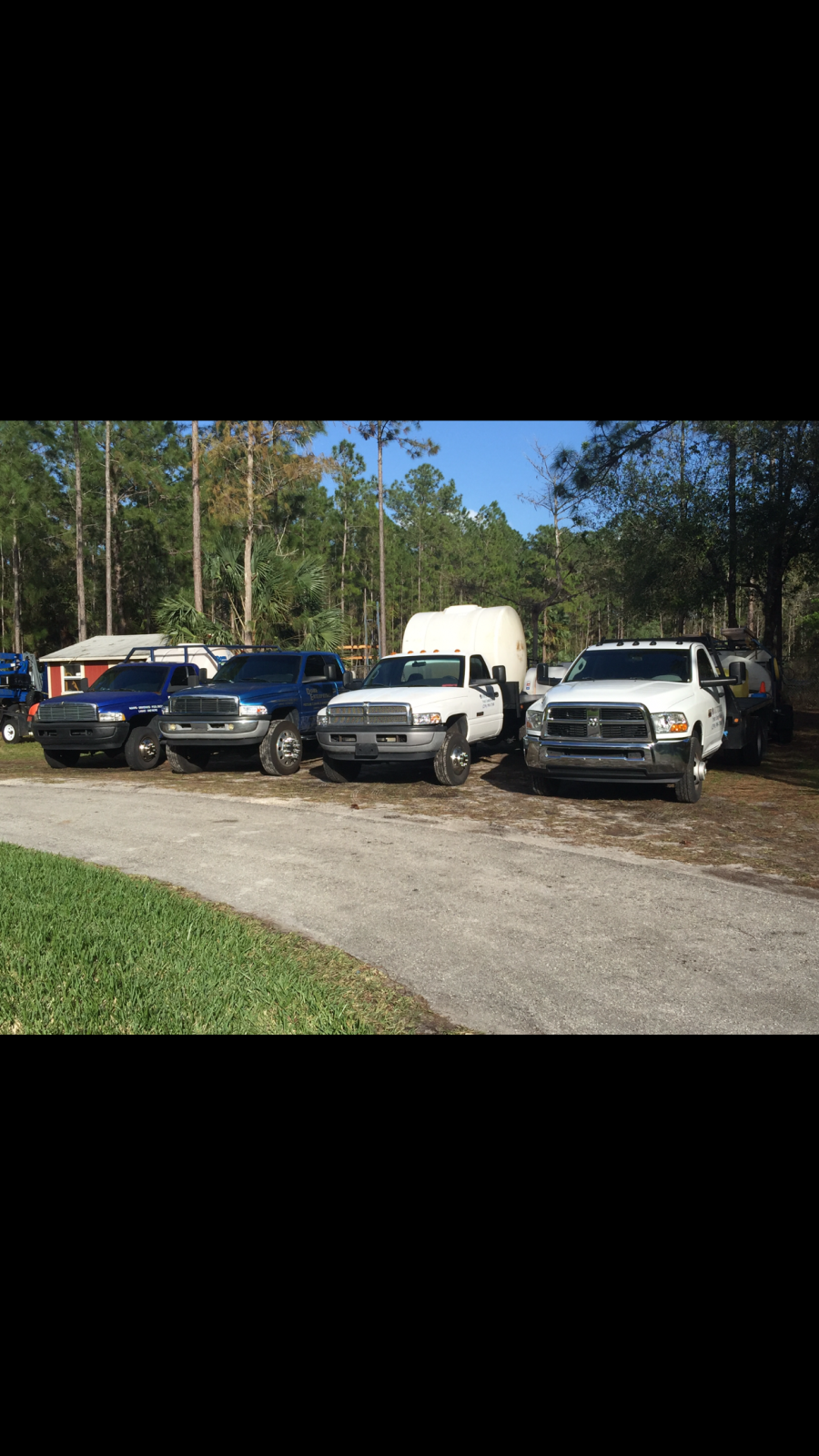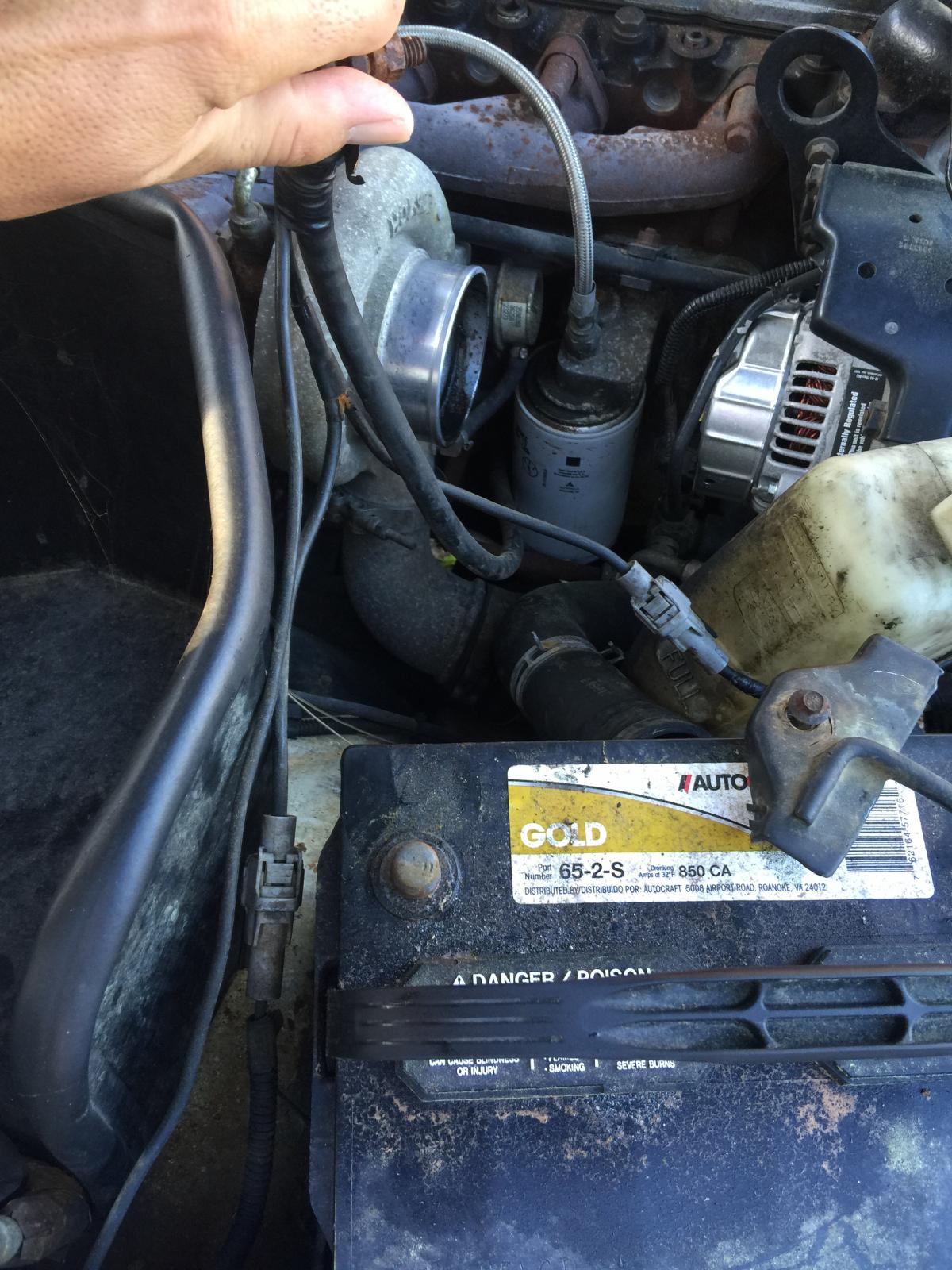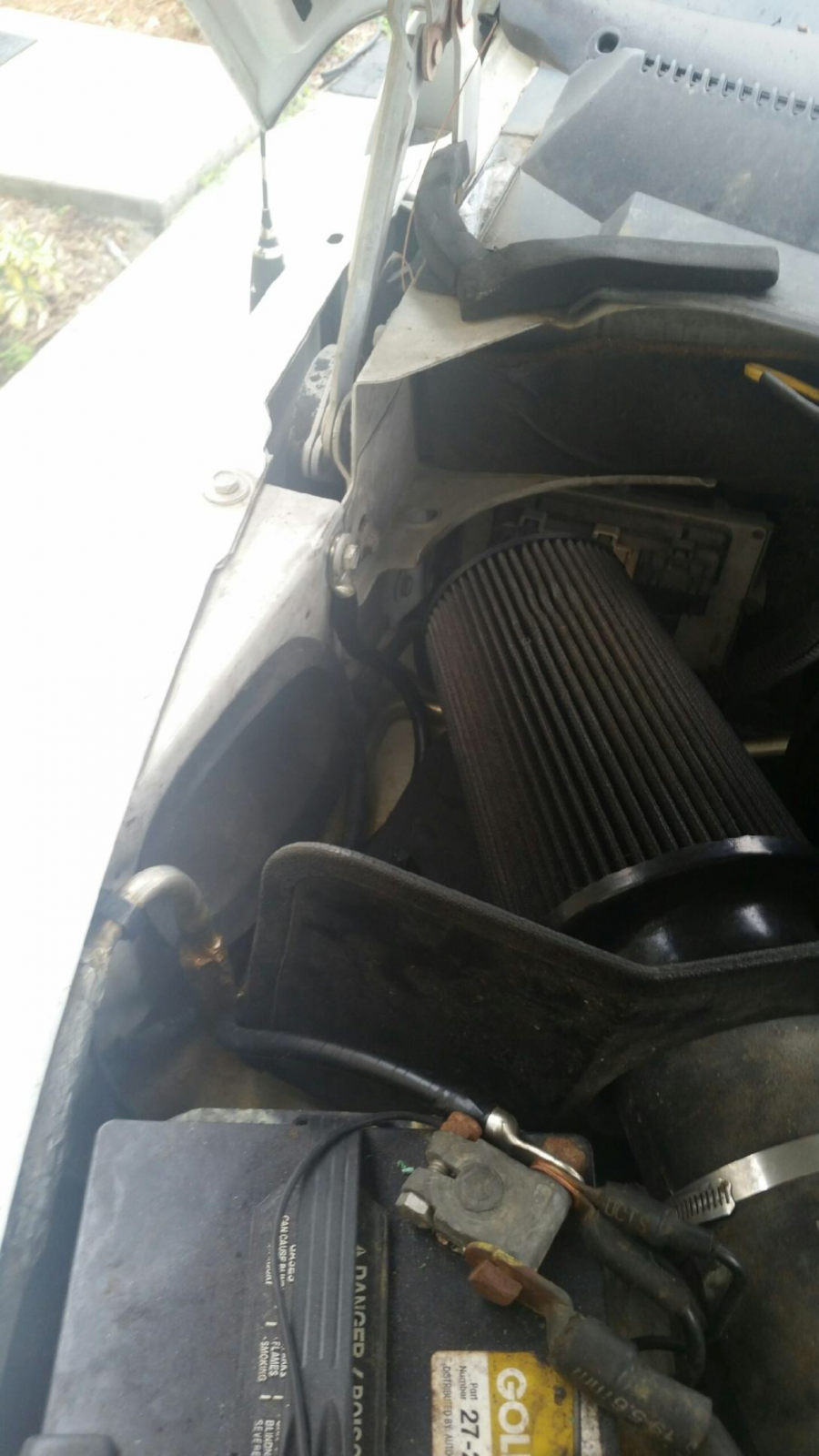Welcome To Mopar1973Man.Com LLC
We are privately owned, with access to a professional Diesel Mechanic, who can provide additional support for Dodge Ram Cummins Diesel vehicles. Many detailed information is FREE and available to read. However, in order to interact directly with our Diesel Mechanic, Michael, by phone, via zoom, or as the web-based option, Subscription Plans are offered that will enable these and other features. Go to the Subscription Page and Select a desired plan. At any time you wish to cancel the Subscription, click Subscription Page, select the 'Cancel' button, and it will be canceled. For your convenience, all subscriptions are on auto-renewal.
- Replies 582
- Views 170.1k
- Created
- Last Reply
Top Posters In This Topic
-
 Mopar1973Man 120 posts
Mopar1973Man 120 posts -
 Carl Steven Clendenning 23 posts
Carl Steven Clendenning 23 posts -
 Me78569 22 posts
Me78569 22 posts -
 deej 18 posts
deej 18 posts
Most Popular Posts
-
Here ya go! After the rebuild as compared with the two meter pictures from above. DC AC Ripple The read out And finally ......wait for it.........drum roll........ T
-
What is bugging me to no end is the fact there is all these wild write up of people adjusting APPS sensors, wiring mods, extra grounds, filters, etc. I still say the truck ran fine without any of thes
-
Hey guys I believe I am the person Michael is talking about when he created this Thread... Seeing as how I replaced both batt. new alt., new apps sensor... took it to best diesel shop in town and they
Featured Replies
Did This Forum Post Help You?
Show the author some love by liking their post!
Welcome To Mopar1973Man.Com LLC
We are privately owned, with access to a professional Diesel Mechanic, who can provide additional support for Dodge Ram Cummins Diesel vehicles. Many detailed information is FREE and available to read. However, in order to interact directly with our Diesel Mechanic, Michael, by phone, via zoom, or as the web-based option, Subscription Plans are offered that will enable these and other features. Go to the Subscription Page and Select a desired plan. At any time you wish to cancel the Subscription, click Subscription Page, select the 'Cancel' button, and it will be canceled. For your convenience, all subscriptions are on auto-renewal.






Ok Gang...I've got a for sure way to diagnose torque converter lock up issues where it lock and unlocks at about 45-50 MPH. I had a gent call me yesterday with this problem and he's replace both batteries, alternator and the APPS sensor. Attempted all the different wiring issues (adding ground, tinfoil etc.) nothing worked. Like I told him the truck ran 11 years without all this stuff and doesn't require any wiring change to make it work. What it needs is the damaged part to be replaced. So he's returned the wiring back to stock setup.Now I told him to unhook the alternator fuse and take it for a ride... Guess what... No problems! Even though he replaced the alternator it has a damaged diode in it and it bleeding AC noise into the electrical system.So before doing any wiring mods, tinfoil, adding grounds, adding filter... PLEASE! Bench test your alternator! This is the second time I've suggested this and both time resolved the torque converter lock up issue.